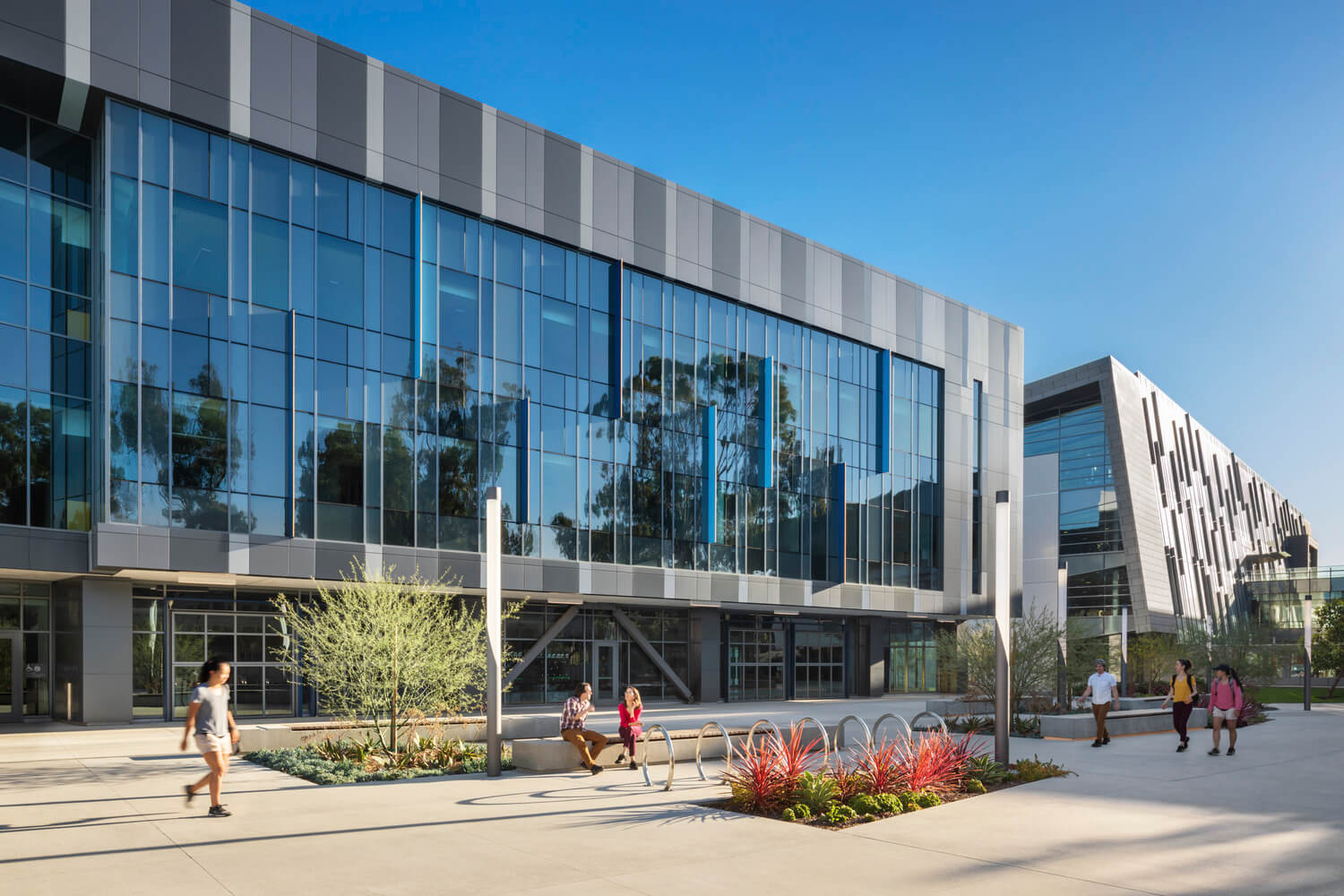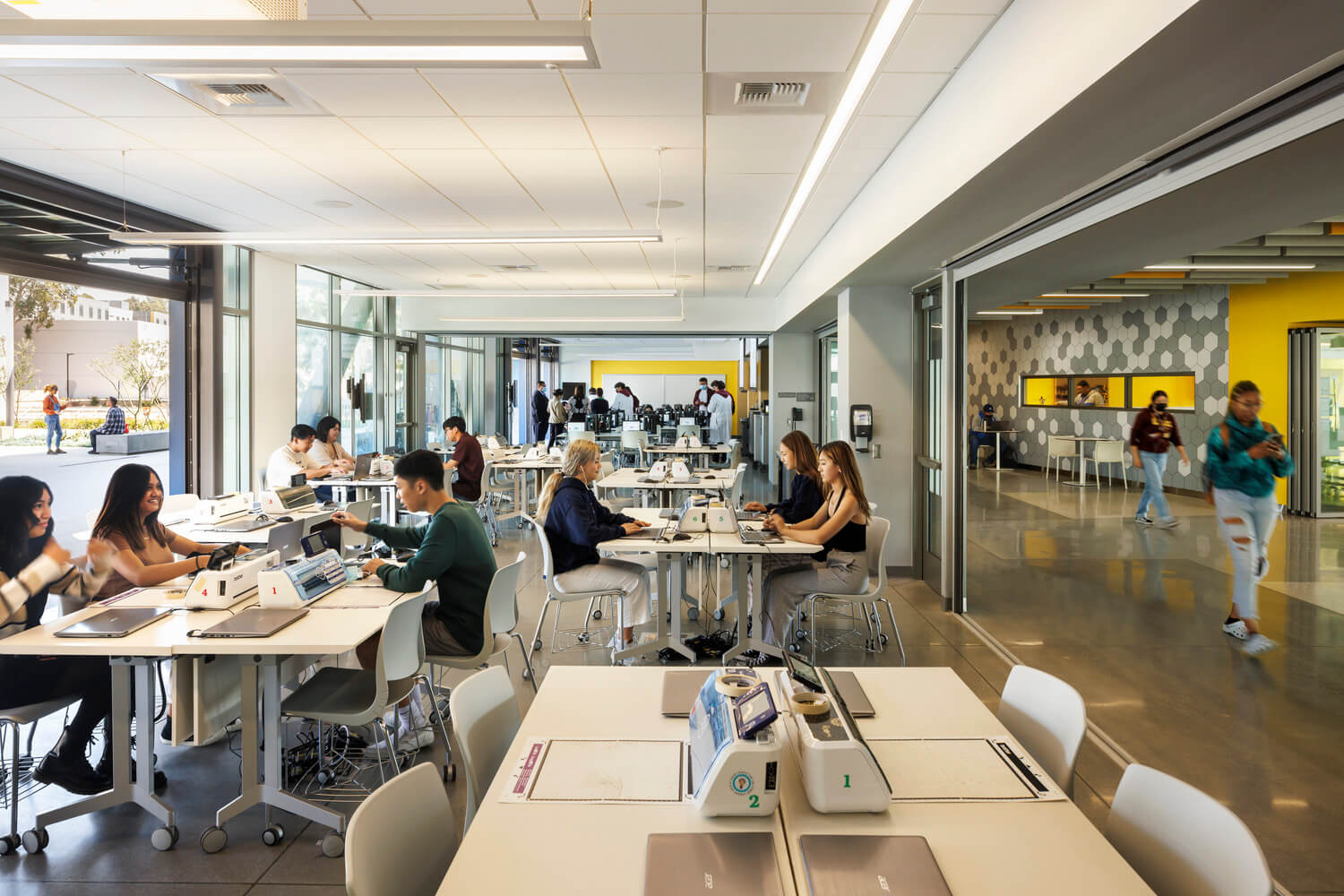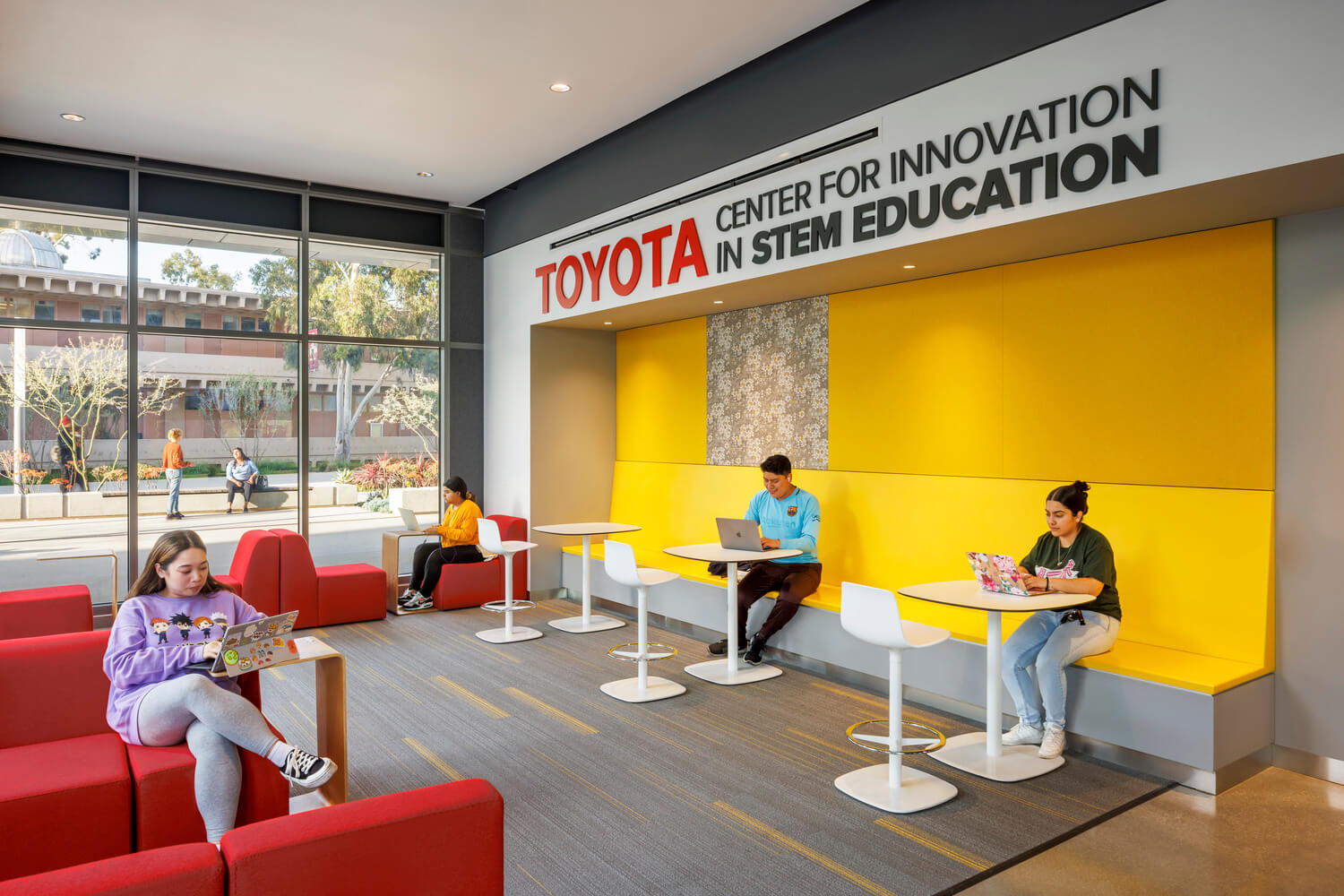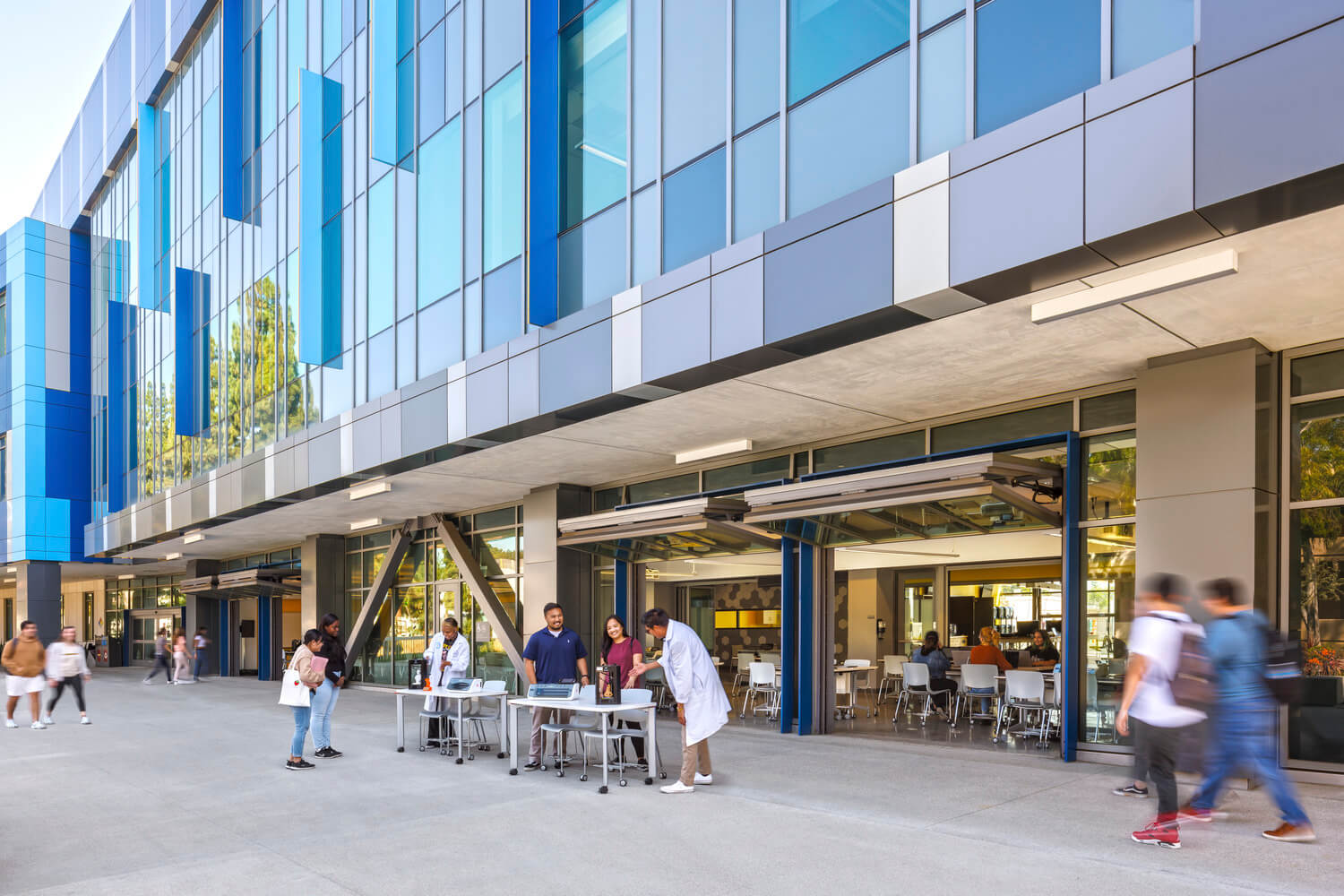An innovative approach to interactive learning at California State University Dominguez Hills reaches out to underserved communities to make career-focused STEM programs accessible—and improve student success.

Science, Technology, Engineering, and Mathematics (STEM) has become common in today’s conversations about educational systems. Access to quality STEM education is critical for the future of the United States—impacting children, diversity, workforce, economy, and more. Going beyond teaching Science, Technology, Engineering, and Math as siloed subjects, STEM education is the full integration of those fields into a cohesive, interdisciplinary and applied learning approach that students can carry into the workforce.
Falling Behind in a Global Race
Despite the immense federal funding STEM education has received, the U.S. is falling behind in global rankings—both in innovation and output. According to a recent study by the National Science Foundation (NSF), China has surpassed the U.S. in global research spending over the past two years. The NSF also found that by the time students reach the fourth grade, one-third have lost their interest in science and are unlikely to regain it.
There are several reasons for this downward trend. Achievement and opportunity gaps are prevalent in the STEM field for socio-economically underrepresented students. Aging university facilities and diminished funding from traditional sources have also contributed to the decline. In addition, there is often a lack of understanding surrounding science and what scientists do, as well as a need for role models for young learners.
STEM at a Diverse University Campus

California State University Dominguez Hills (CSUDH) recognized the need for an innovative STEM program at their university—one of the most diverse campuses in the CSU system. Founded in 1960, CSUDH provides the South Central Los Angeles community with access to high-quality college education. Today, it is top ranked for affordability with a primarily Hispanic/Latino student body. Nearly half of the students are first generation college attendees.
Together with HGA, CSUDH embarked on a vision for a new Center for Science & Innovation that would address the need for qualified science and math teachers by getting kids interested at an early age, inspire K-12 and college-age students through engaging STEM experiences, and graduate more women and minorities with career-focused STEM degrees. The 91,000 square-foot Center for Science & Innovation is an academic hub of creative thinking and discovery on campus, with teaching and research laboratories for Physics, Chemistry, and Biology—and most prominently the Toyota Center for Innovation in STEM Education.
A Corporate Partnership

The Toyota Center came about as part of a foundation gift. After learning about CSUDH’s goals for the new building, the Toyota USA Foundation donated several mobile fabrication labs (Fab Labs)—part of a network of 900 mobile labs supported by Toyota—and came forward with a $4 million gift to establish the Toyota Center for Innovation in STEM Education.
Visibly located along a major campus artery on the building’s first floor, the Toyota Center is open to students across disciplines and includes a Fab Lab “Maker Space” and labs for demonstrations and training for K-12 teachers from local communities. In addition, the space incorporates flexible and technology-enhanced classrooms, collaborative huddle zones, and outdoor workspaces.
As the centerpiece of the Center for Science & Innovation, the Toyota Center provides transformative and inspiring learning experiences, as well as partnerships with schools, organizations, and industry leaders—and has already helped broaden the impact of STEM education. Today, CSUDH has graduated more Math and Science credentialed teachers than any other campus in the CSU system.
The Role of Universities

Like CSUDH, other universities can play a pivotal role in closing the STEM gap and creating a connection between higher education and K-12 STEM innovation. Dedicated STEM labs and maker spaces can inform and unify institutional efforts, increase the quality of STEM learning and research, and act as an additional source of funding. They can also serve as a pipeline for K-12 outreach activities to engage youths. When reflecting on how to best incorporate these spaces into their campuses, universities should consider the following:
- Identify potential corporate partnerships—both regionally and nationally.
- Assess the visibility of a STEM space, incubation, and ideation amenities on your campus to maximize impact.
- Create a feedback loop between higher education and K-12 STEM innovation.
- Use the design of the STEM space and ideation amenities to break down barriers and encourage diversity and spark curiosity.
STEM education does not have to be out of reach. Corporate sponsorships and collaborations can support an institution’s hands-on STEM engagement programs, helping to improve success and retention among students.
About the Author
Kevin Donaghey recently presented “Dissipating Barriers: How STEM Incubators Create Guided Pathways” at the Society for College and University Planning (SCUP) annual conference in July 2022, highlighting STEM advances at California State University Dominguez Hills. This article is based on his presentation.
